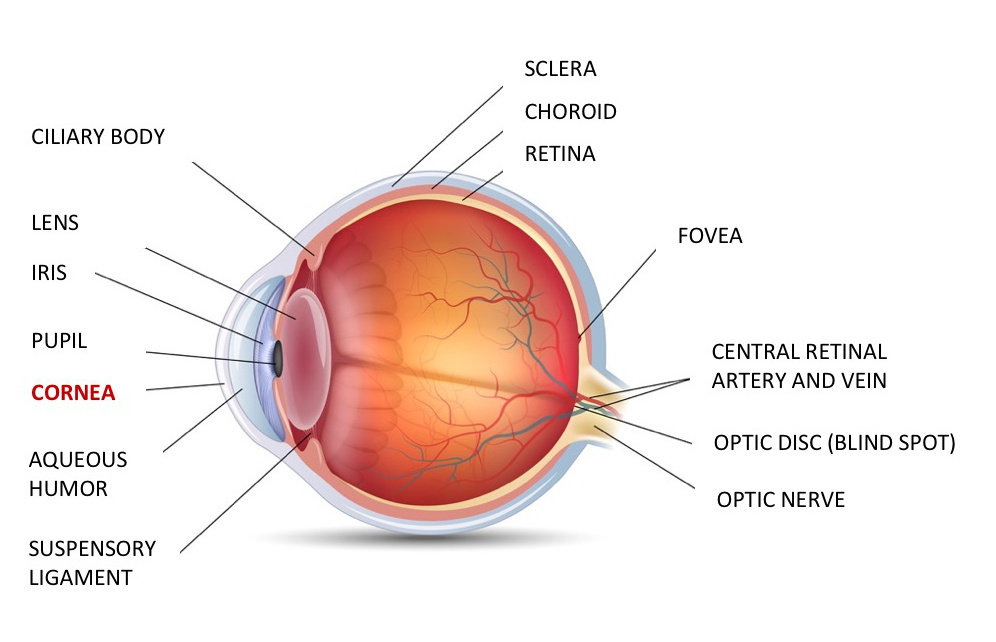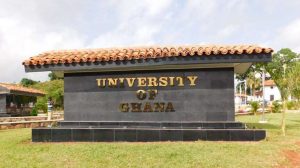The Ghana Onchocerciasis Expert Committee (GOEC) has issued a communique after deliberations at its fourth twice-yearly meeting convened by the Ghana Health Service (GHS) in Accra.
The meeting which was attended by GOEC Committee members included; disease experts and representatives from the GHS Neglected Tropical Disease Programme (NTDP), partners from institutions including; the World Health Organisation, Act to End NTDs, the Council for Scientific and Industrial Research (CSIR) and Sightsavers.
The GOEC reviewed the draft strategy document on onchocerciasis elimination in Ghana prepared by the Ghana Health Service (GHS), which included; a comprehensive epidemiological, entomological and intervention review of onchocerciasis in Ghana and guidance on treatment strategies, monitoring and evaluation, exclusion mapping, pre-stop Mass Drug Administration (MDA) and stop- (MDA) surveys, post–treatment surveillance and post-elimination surveillance.
The Expert Committee decided that programme activities covering drug distributor training, supply chain management, supervision, retention of volunteers, social mobilisation, data reporting and monitoring and evaluation should be intensified with the view to carry out pre-stop MDA surveys in 2020 and the attainment of the elimination of onchocerciasis by 2025.
It therefore recommended that an operational research proposal elaborating intensified and improved training, as well as other programmatic activities should be written, and this should include; protocols for independent evaluation of these events, which were aimed at improving the effectiveness of MDA.
The Committee heard presentation by the GHS-NTDP Experts including; Mr David Agyemang, Dr Nick Opoku, Dr Rory Post, Dr Martin Walker and Dr Mike Osei-Atweneboana.
It commended the NTDP on the strong progress made towards the elimination of onchocerciasis in the Asukawkaw-Dayi transmission zone, and anticipated that pre-stop and stop-Mass Drug Administration (MDA) surveys would be indicated for implementation in the near future.
The NTDP was encouraged to proceed with the publication of its nationwide results on breeding site prospection, verification and data quality assessments of MDA treatment data.
The Committee also recommended to the NTDP to formally request for entomologists and qPCR equipment (for special tests), that would be required in preparation for pool screen, and ELISA (a special laboratory test tool), for future stop-MDA assessments.
It was recommended that for now, known entomologists be encouraged to support the Programme and that the CSIR laboratory, would be appropriate for conducting future entomological pool screen as well as the ELISA test.
The report said the Committee was pleased with the parasitological and entomological data presented by Dr Osei-Atweneboana, indicating that the success of biannual MDA in communities historically was reported as responding poorly to the annual ivermectin MDA.
The Committee commended Dr Opoku on the on-going clinical trials of moxidectin and the triple-drug (ivermectin, dietylcarbamazine and albendazole, IDA) in Ghana, and looked forward to his continuing participation in the GOEC.
The communique said the Committee would consider the recommendation by Dr Rory Post on extending northwards the Asukawkaw-Dayi transmission zone based on a comprehensive review of the geographical distribution of blackfly cytospecies in Ghana.
Mr Agyemang made a presentation on the serological data from the Sightsavers and Task Force for Global Health dried blood spot pre-validation survey undertaken in 2016.
The GOEC however recommended that in the light of the new data which cast doubts at the low prevalence level at the area as assessed by the 2017 epidemiological survey conducted by the NTDP, the previously proposed pre-stop MDA evaluations could not go ahead in the north of the Oti-Daka transmission zone.
It recommended that in the meantime MDA be continued in this transmission zone.
A sub-committee led by Mr Agyemang identified and proposed solutions to programmatic difficulties that may be contributing to sub-optimal programme effectiveness.
Source: GNA






